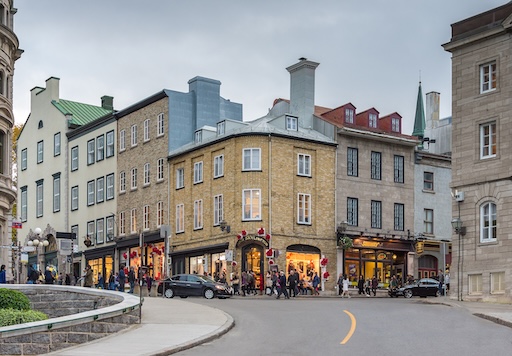
There are cities that remember history. And then there are cities that live it. Old Québec, nestled within the walls of Québec City, is the kind of place where every step echoes with the past, where cannons guard the cliffs and church bells sing over ancient plazas.
It’s not a museum—it’s a neighborhood. A UNESCO World Heritage Site wrapped in charm, grit, stone, and snow. Where else can you sip espresso inside a 300-year-old building while a horse-drawn carriage trots by outside, and a guy dressed as a French soldier waves at you like it’s 1759?
Let’s dive into the winding alleys, fortified walls, and secret corners of this magical place where time folds in on itself and stories spill from every window.
Through the Gates of Time
The best way to enter Old Québec is through its literal gates—stone arches that once held back invaders and now welcome wanderers. Start at Porte Saint-Jean, and you're instantly transported. The pace shifts. The cobblestones slow your walk. The air smells faintly of fresh bread, roasted chestnuts, and maybe just a hint of woodsmoke in winter.
The streets here weren’t designed for cars—they were meant for boots, hooves, and wheelbarrows. That’s why strolling feels so right. Every corner reveals a surprise: a tucked-away courtyard, a tiny gallery, a bakery with a line of locals wrapping around the door.
Château Frontenac – The Castle on the Cliff
No visit is complete without a stop (and a dozen photos) at the iconic Château Frontenac. Towering over the city from its cliffside perch, this grand hotel looks like it leapt from the pages of a fantasy novel. But it’s very real—and very much a working hotel.
Step inside and you'll find velvet lounges, golden elevators, and walls that have hosted everyone from Winston Churchill to Céline Dion. But you don’t have to stay overnight to feel its magic. Just walking the Dufferin Terrace outside gives you royal views of the St. Lawrence River and the Lower Town far below.
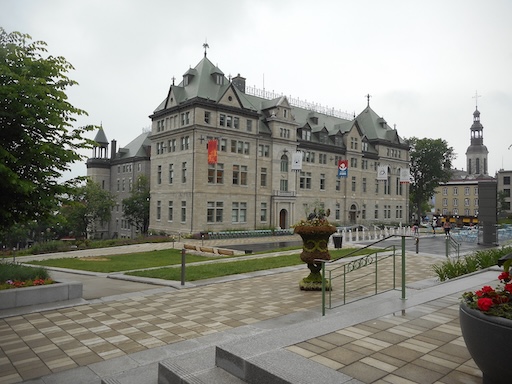
The Citadel and the Cannons
Speaking of royalty—just a short climb away is the Citadel of Quebec, still an active military installation and home to Canada’s Royal 22e Régiment. The star-shaped fortress has been keeping watch since the 1600s, and its daily changing of the guard adds a little pomp to the postcard-perfect setting.
Up here, the wind whistles history into your ears. You can almost hear the drums of marching soldiers, the blast of muskets, and the shouts of generals defending “New France.” But also—modern stories: of peacekeeping, heritage, and an enduring francophone spirit.
Lower Town – Where the Charm Multiplies
Take the funiculaire down (yes, an actual cliff-side elevator), or brave the Breakneck Stairs. Either way, the Lower Town is a treat. Here, the vibes are medieval village meets European romance. Stone buildings lean into the narrow lanes. Artists sell oils and watercolors along Rue du Trésor, and every lamppost seems to know how to glow just right at dusk.
Don’t miss Place Royale, the spot where Québec City was founded in 1608. The square is quiet, humble, but oh-so-beautiful, especially when dusted with snow or bathed in golden sunset. It’s the kind of place that makes you want to whisper, even if you're not sure why.
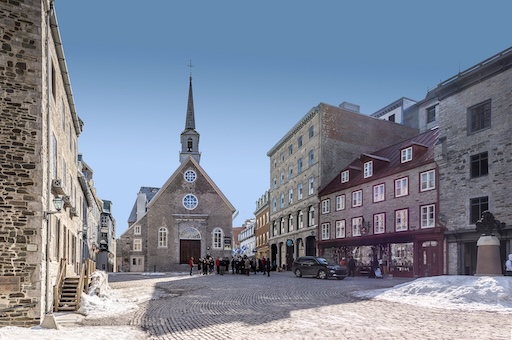
Festivals and Fireworks in the Fort
While the stone walls stay still, Old Québec itself is rarely quiet. Especially in summer, when the city bursts to life with events like the Festival d'été de Québec, bringing international music acts to outdoor stages surrounded by 17th-century ramparts.
And in winter? That’s when Old Québec becomes a snow globe come to life. During Carnaval de Québec, the streets fill with ice sculptures, parades, maple taffy stalls, and the iconic Bonhomme snowman mascot. Bundle up, grab a “caribou” (a warm mulled wine), and enjoy the frosty magic.
Shops, Sweets, and Hidden Doors
Old Québec isn’t just about the big landmarks—it’s also about the little discoveries. Like the family-run maple syrup shop where the owner insists you try his grandmother’s secret blend. Or the bookstore behind a vine-covered door that only locals seem to notice.
Look for Les Promenades Fantômes if you're into ghost tours and theatrical performances that bring the darker history of the city to life. Or if you're more about indulgence than the afterlife, hunt down a local patisserie and try a fresh-baked croissant or sugar pie. Québécois desserts don’t play around.
Citizens of the Past, Present, and Future
What makes Old Québec truly alive isn’t just its beauty or age—it’s the people. From street performers juggling flaming pins to elderly locals who’ve lived in the same home for decades, this district is woven from the lives of those who love it fiercely.
Many homes here are still privately owned. Residents hang laundry above the alleys, garden in front of 18th-century windows, and ride their bikes to corner markets. You’re not just walking through preserved history—you’re walking through someone’s very real, very French Canadian life.
Beyond the Walls
Though the walls of Old Québec define its shape, the magic doesn’t stop at the gates. Venture out to Montreal for more culture and café scenes, or head further north to places like Mont Tremblant if you’re chasing mountain air and snow adventures.
But no matter where you go in Quebec, there’s a unique blend of old-world soul and new-world energy that runs through it all. It starts here, behind the ramparts of Old Québec.
Practical Magic – Tips for Visiting
Old Québec is walkable, but hilly—wear comfortable shoes (and maybe bring a walking stick if you're climbing to the Citadel). If you're visiting in winter, layer up. Snow here isn't just scenery—it's deep, dramatic, and full of charm.
Consider staying in the district itself. Many boutique hotels are housed inside restored historic buildings, offering creaky floors, exposed beams, and stories in every stone.
You can get to Québec City by plane, train, or car. Once you're in the old city, you won't want to leave. And honestly—you shouldn’t rush it. Old Québec rewards the slow traveler.
Why UNESCO Chose Old Québec
In 1985, UNESCO declared Old Québec a World Heritage Site, and for good reason. This is the only walled city north of Mexico whose fortifications are still intact. Its blend of French and British colonial architecture tells the story of North America’s struggle for control, culture, and identity.
Walk around long enough, and you’ll spot the layers: a French-style roof here, a British-era cannon there, and modern-day murals celebrating both. It’s a living architectural textbook where every archway, spire, and slope speaks of eras colliding—and coexisting.
Legacy in Stone
Many of the buildings here are made of local grey stone and date back to the 17th and 18th centuries. Some have been rebuilt or restored after fires or war, but the essence remains. There’s a quiet nobility to these structures—sturdy, elegant, and utterly unfazed by time.
As you wander, you might pass historic homes turned into museums, like the Morrin Centre, once a prison and now a public library and cultural hub. Or the Maison de la Littérature, where Gothic revival meets French literature in a stunning symphony of stained glass and wood paneling.
Old Québec in the Snow and in the Sun
The charm of Old Québec changes with the seasons. In summer, it’s flowers and festivals. In fall, it blazes orange and gold. But winter—oh, winter—is when it’s truly magical. Snowflakes drift between rooftops. Icicles hang from balconies. The entire city becomes a silent fairytale.
Yet spring might be the best-kept secret of all. As the thaw begins, the stone breathes again. Locals emerge with laughter and light coats. Café terraces return. It’s the rebirth of wonder, year after year.
What You’ll Take Home
You might come to Old Québec with a camera. You’ll leave with so much more. Maybe a new appreciation for slow travel. Maybe the scent of butter and brick forever imprinted in your memory. Or maybe just that quiet, undeniable feeling that you’ve walked through something timeless.
It’s not about checking off landmarks. It’s about soaking in layers of story—layer by cobblestone layer, whisper by whisper. You may forget how many steps it took to reach the Citadel, but you’ll remember how the sky looked from up there. How it felt to stand where generals, settlers, poets, and pastry chefs once stood.
And if you’re like most of us—you’ll start planning your return before you even leave.
Share this story and inspire others.
Tags: Old Quebec, Historic District, Quebec City, Canada history, UNESCO World Heritage, cobblestone streets, Chasing Hidden Wonder
 Magdalen Islands – Quebec’s Wind-Swept Secret in the Gulf of St. Lawrence
Magdalen Islands – Quebec’s Wind-Swept Secret in the Gulf of St. Lawrence
 Mount Robson – The Towering Guardian of the Canadian Rockies
Mount Robson – The Towering Guardian of the Canadian Rockies
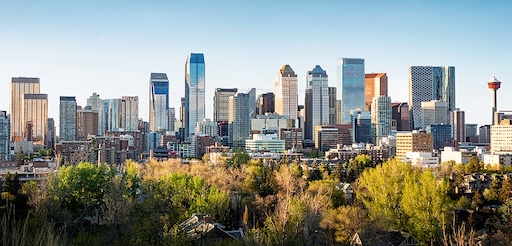 Calgary – Where Cowboy Spirit Meets Urban Cool
Calgary – Where Cowboy Spirit Meets Urban Cool
 Emerald Lake – The Hidden Jewel of British Columbia
Emerald Lake – The Hidden Jewel of British Columbia
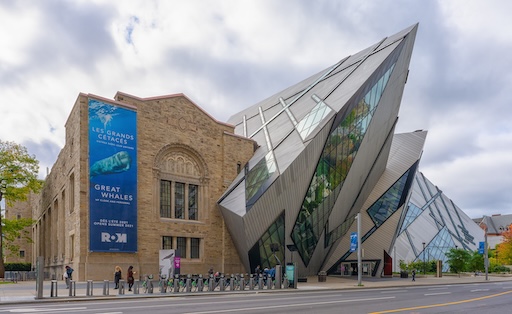 Royal Ontario Museum – Where Dinosaurs, Mummies, and Crystals Collide
Royal Ontario Museum – Where Dinosaurs, Mummies, and Crystals Collide
 Jasper National Park – Alberta's Untamed Wonderland
Jasper National Park – Alberta's Untamed Wonderland
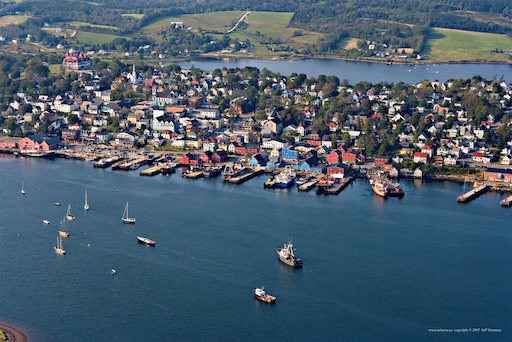 Lunenburg – Canada’s Colorful Seaside Time Capsule
Lunenburg – Canada’s Colorful Seaside Time Capsule